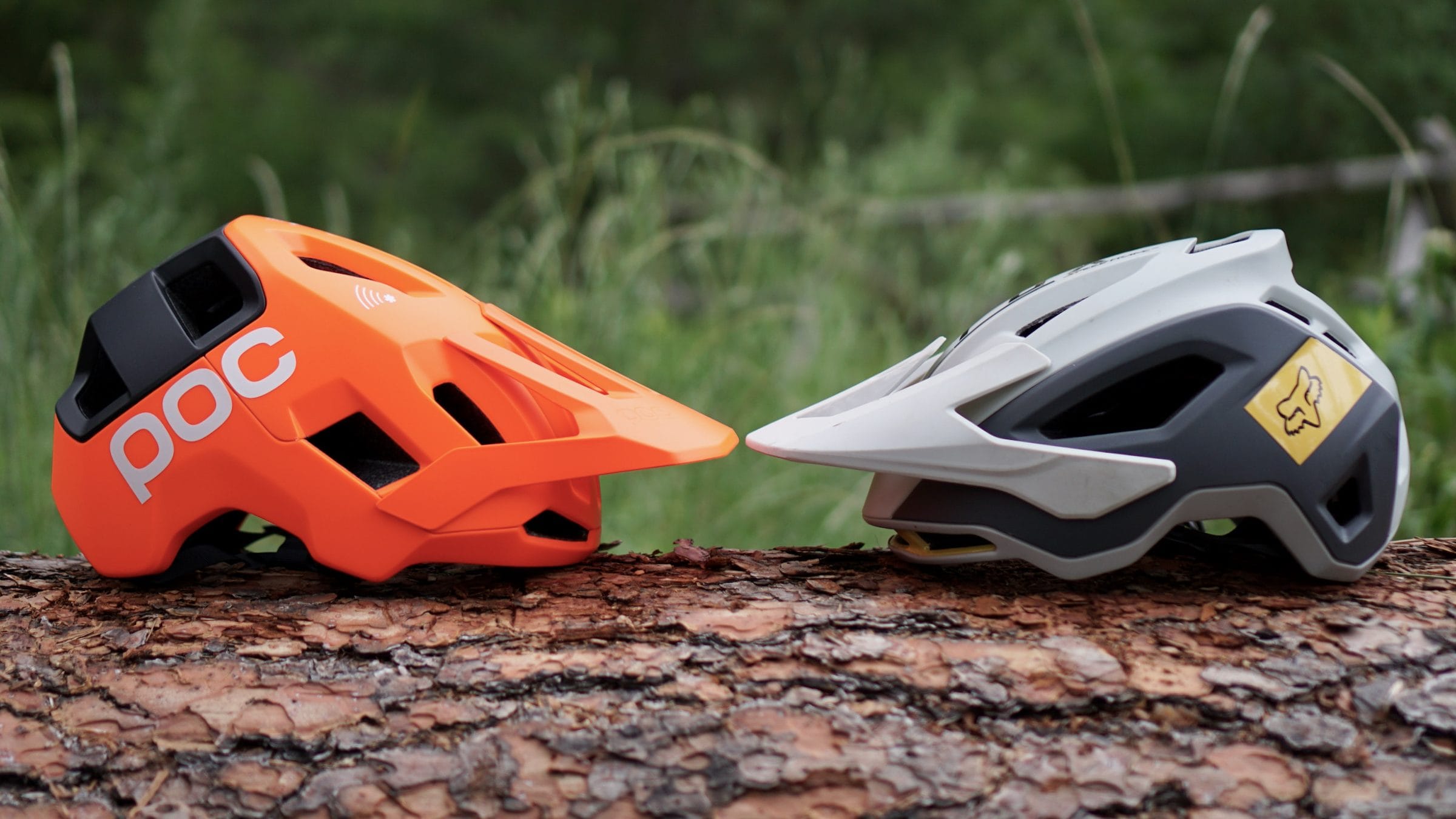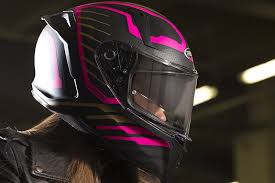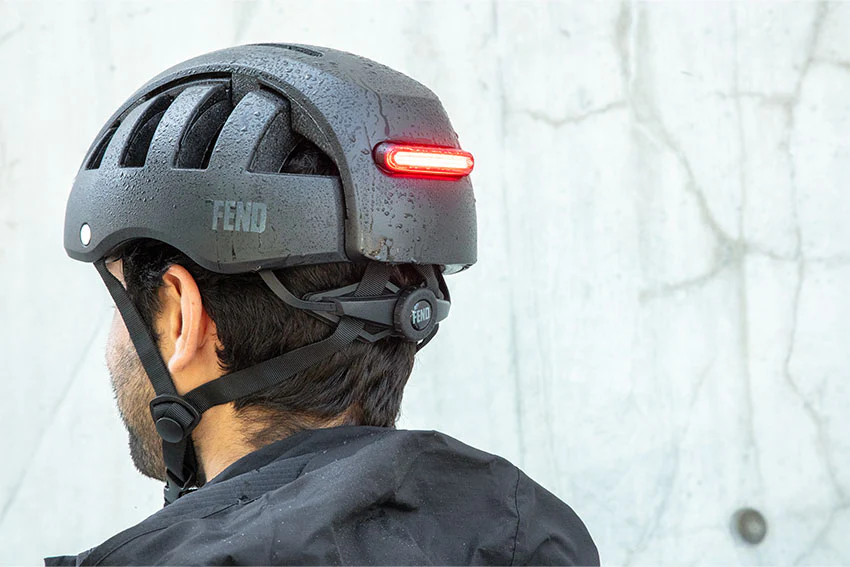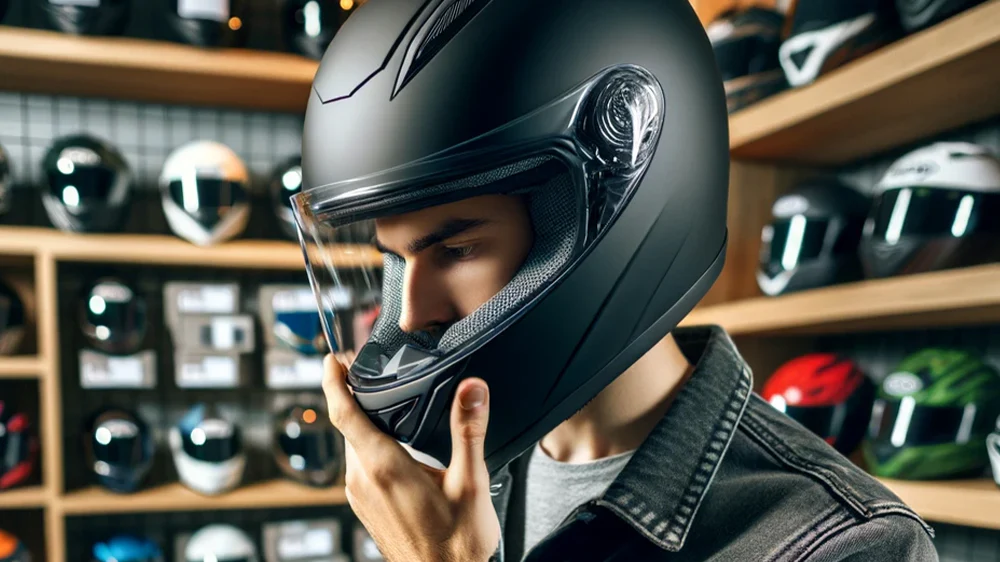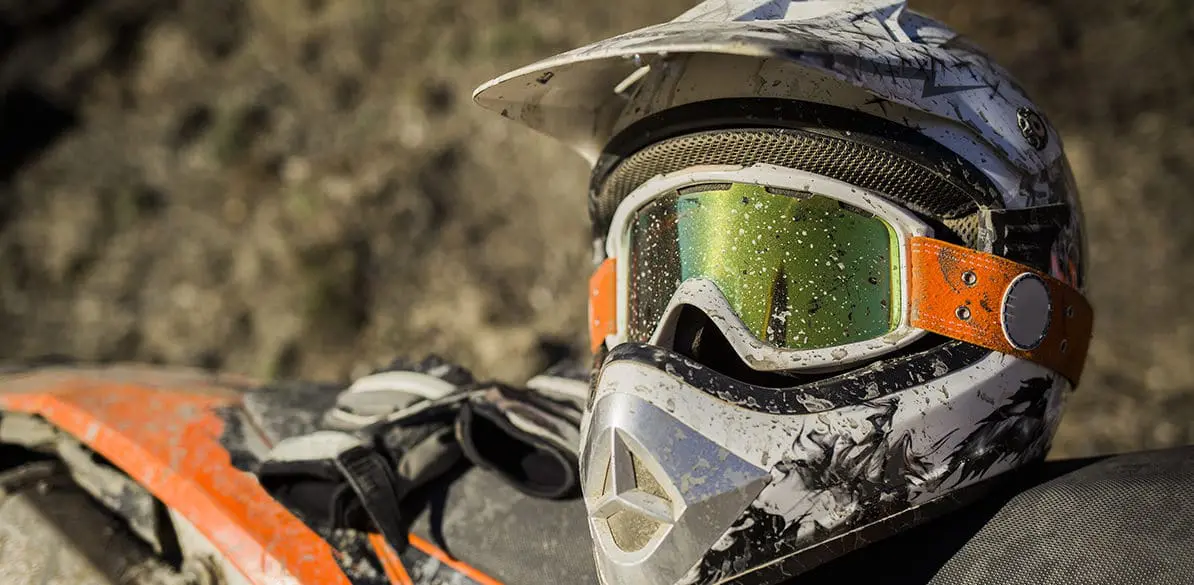When it comes to mountain biking, safety is key. Riders face rough terrains, rocky paths, and sudden obstacles, making a helmet essential for protecting against head injuries. Mountain bike helmets are specifically designed to keep cyclists safe on challenging trails. If you’re a mountain biker or just getting into the sport, here’s what you need to know about choosing the right mountain bike helmet.
Why is a Mountain Bike Helmet Important?
Mountain biking involves more risks than road cycling. The unpredictable nature of off-road trails can lead to falls, collisions, or sudden maneuvers. A mountain bike helmet helps protect your head in case of an accident. It absorbs impact and can reduce the severity of head injuries, including concussions. According to experts, wearing a helmet can reduce the risk of head injury by up to 85%.
Features of a Mountain Bike Helmet
-
Increased Coverage
Unlike road bike helmets, mountain bike helmets provide extra coverage around the back and sides of the head. This added protection is crucial for mountain bikers, who often encounter more risky situations like falls and collisions with obstacles. -
Visor for Sun Protection
Many mountain bike helmets come with a visor or peak. This feature helps shield your eyes from the sun, rain, and branches that might hit your face while riding. A visor can also provide some extra protection against tree branches or debris. -
Ventilation
Even though mountain bike helmets are built to offer more coverage, they are still designed with ventilation in mind. Adequate airflow is crucial for keeping your head cool during a tough ride. Look for helmets that have multiple vents to ensure maximum airflow and comfort. -
Chin Guard (for Full-Face Helmets)
Full-face mountain bike helmets offer additional protection by covering the chin and face, not just the top of the head. These are especially popular with downhill riders, who often face higher speeds and more dangerous conditions. The chin guard protects against impact in case of a fall, making it a must-have for serious downhill bikers. -
Lightweight and Durable
While mountain bike helmets need to provide extra protection, they should still be lightweight. A helmet that’s too heavy can cause discomfort, especially during long rides. Look for helmets made of durable yet lightweight materials such as polycarbonate or carbon fiber. -
MIPS Technology
Many mountain bike helmets feature MIPS (Multi-directional Impact Protection System). This safety technology is designed to reduce rotational forces on the brain during a crash, providing extra protection in the event of a fall. MIPS helmets are ideal for riders who want the best protection available.
Types of Mountain Bike Helmets
-
Half-Face Helmets
These helmets cover the top and back of the head but leave the face exposed. They are typically lighter and more breathable than full-face helmets. Half-face helmets are suitable for most mountain biking situations, including cross-country and trail riding. -
Full-Face Helmets
Full-face helmets cover the entire head, including the face and chin. They provide the most protection and are ideal for downhill riders who face high speeds and steep, rocky terrain. These helmets are heavier but are crucial for protecting against serious injuries during high-risk rides. -
Enduro Helmets
Enduro helmets are designed for riders who participate in enduro racing, which involves both uphill and downhill sections. These helmets offer a balance of coverage, ventilation, and comfort, making them versatile for various riding conditions. -
Youth Mountain Bike Helmets
For younger riders, youth mountain bike helmets are designed with smaller sizes and added comfort features. These helmets offer the same protection as adult helmets but are tailored to fit the unique head shapes and sizes of children.
How to Choose the Right Mountain Bike Helmet
-
Consider Your Riding Style
The type of riding you do will influence the kind of helmet you need. For cross-country and trail riding, a half-face helmet with good ventilation will work best. If you’re riding downhill or doing more aggressive biking, consider a full-face helmet for added protection. -
Ensure a Proper Fit
The fit of your helmet is critical. It should fit snugly on your head without being too tight or too loose. Many mountain bike helmets come with adjustable dials or straps to help you customize the fit. A proper fit ensures the helmet stays securely in place during your ride. -
Look for Safety Features
Make sure your helmet meets the required safety standards, such as CPSC (Consumer Product Safety Commission) or EN 1078. Also, look for helmets with MIPS technology, which offers added protection against rotational forces in case of a crash. -
Check Ventilation and Comfort
Ventilation is essential for comfort during long mountain bike rides. Look for helmets with plenty of vents to allow airflow and keep your head cool. Also, check that the inner padding is soft, removable, and washable for comfort and hygiene. -
Pick the Right Weight
While protection is essential, a helmet shouldn’t be too heavy. A lightweight helmet will be more comfortable and won’t fatigue you during long rides.
Maintenance and Care
To keep your mountain bike helmet in good condition, regularly check for signs of wear, such as cracks or dents. If the helmet has been involved in a crash, it should be replaced immediately, even if no damage is visible. Always store your helmet in a cool, dry place to avoid damaging the materials.
Conclusion
Choosing the right mountain bike helmet is crucial for staying safe while riding on rugged trails. Whether you’re riding cross-country, downhill, or just out for a fun trail ride, the right helmet can make a huge difference. Make sure to choose a helmet that fits well, provides the necessary protection, and suits your style of riding. With the right helmet, you can ride with confidence, knowing you’re protected in case of an accident.

